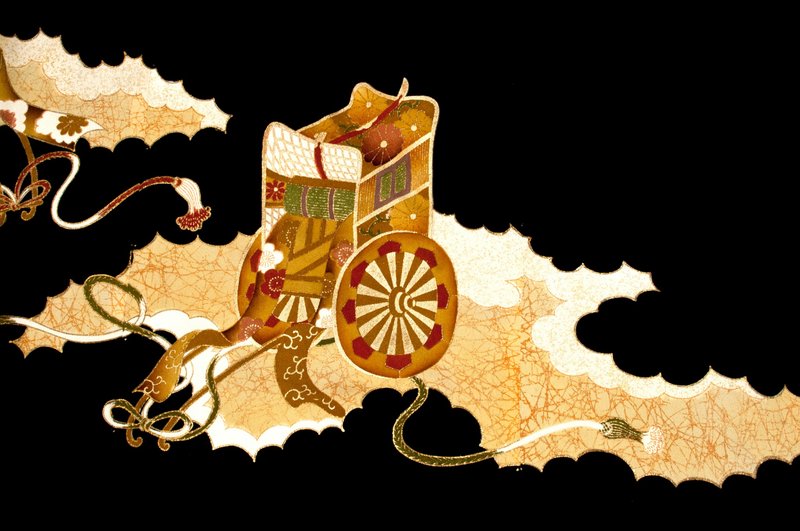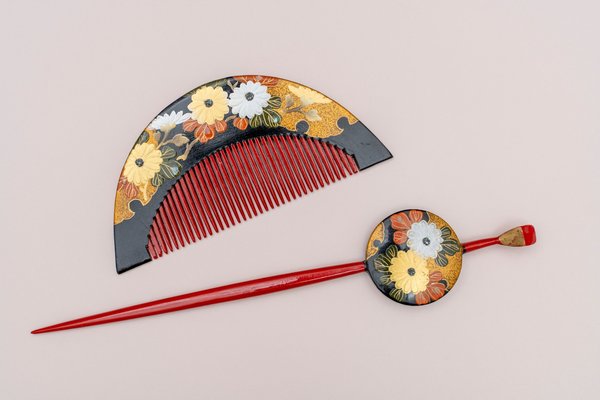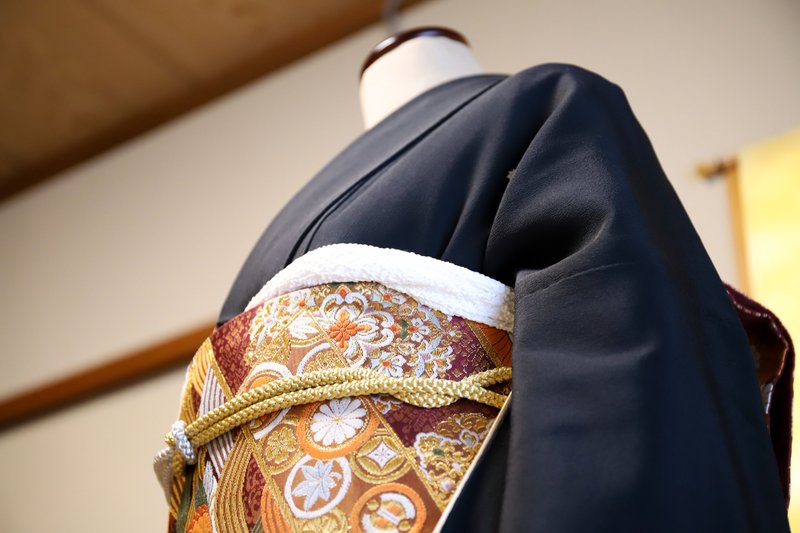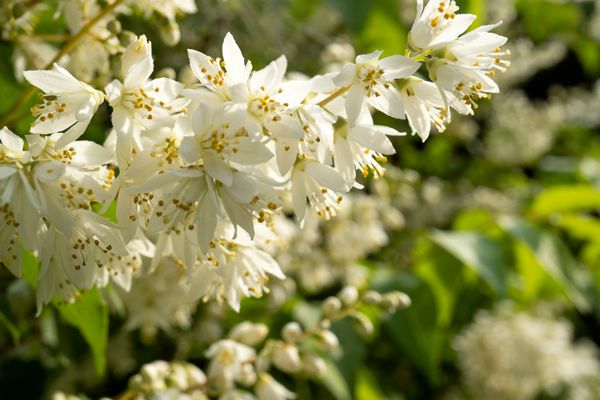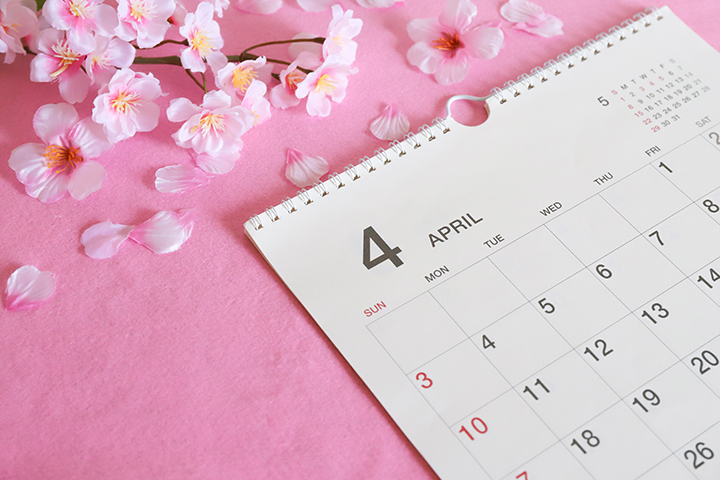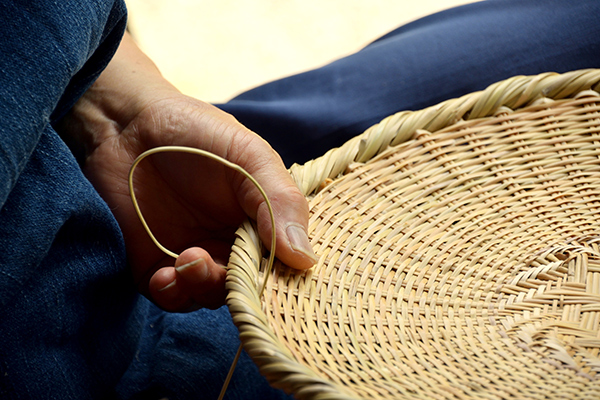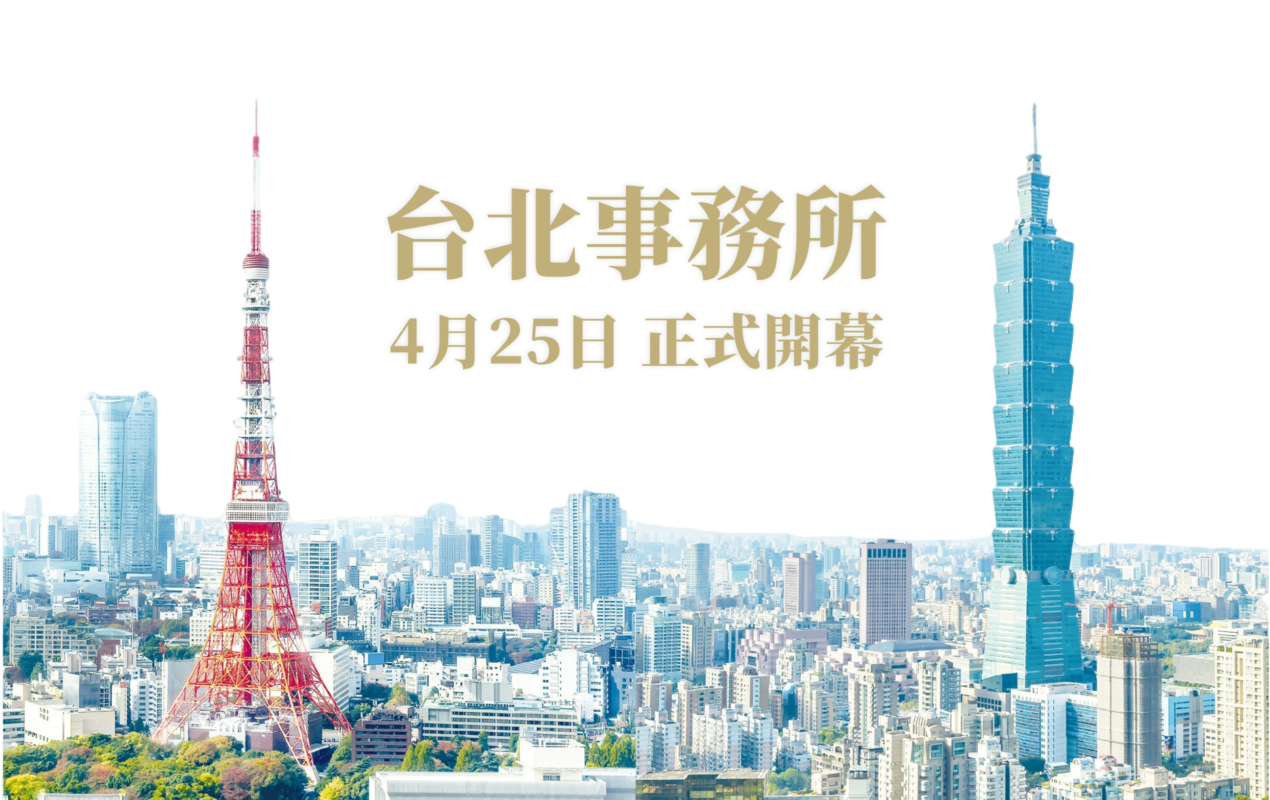In Japan, traditional patterns known as "auspicious motifs" and seasonal flowers have long been enjoyed in kimono designs for their positive meanings. In this article, we will introduce the wishes and sentiments embedded in these representative Japanese patterns.
Cranes
Cranes are symbols of longevity, as expressed in the saying "Cranes live for a thousand years, turtles for ten thousand." Because they are believed to mate for life, cranes are often used in wedding attire to wish for marital harmony.
Tortoise Shell
This pattern is inspired by the hexagonal shape of a tortoise shell and features a series of identical hexagons. Alongside cranes, it symbolizes long life and good relationships.
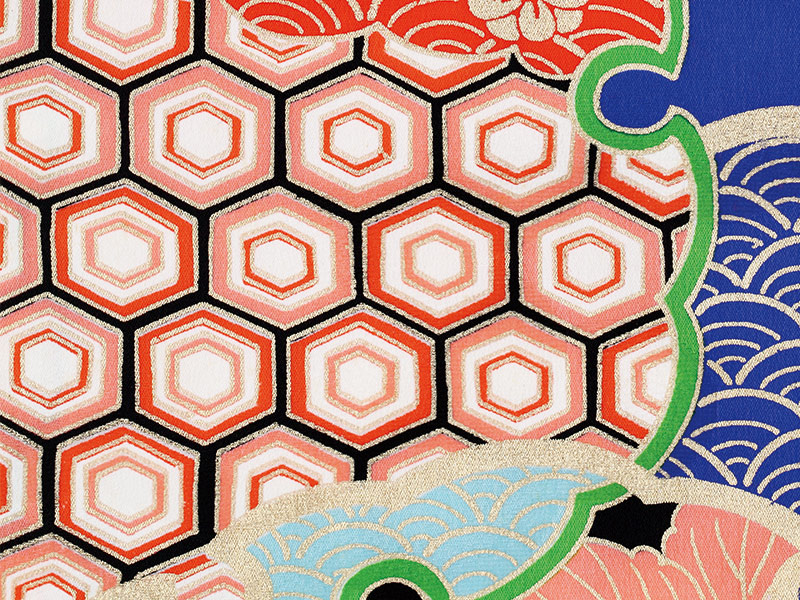
Pine-Bamboo-Plum
"Pine-Bamboo-Plum" is a classic auspicious pattern. Pines, which remain green even in winter, are also called "Tokiwagi," and bamboo is admired for its straight growth. Plum blossoms add color by blooming ahead of the harsh winter.
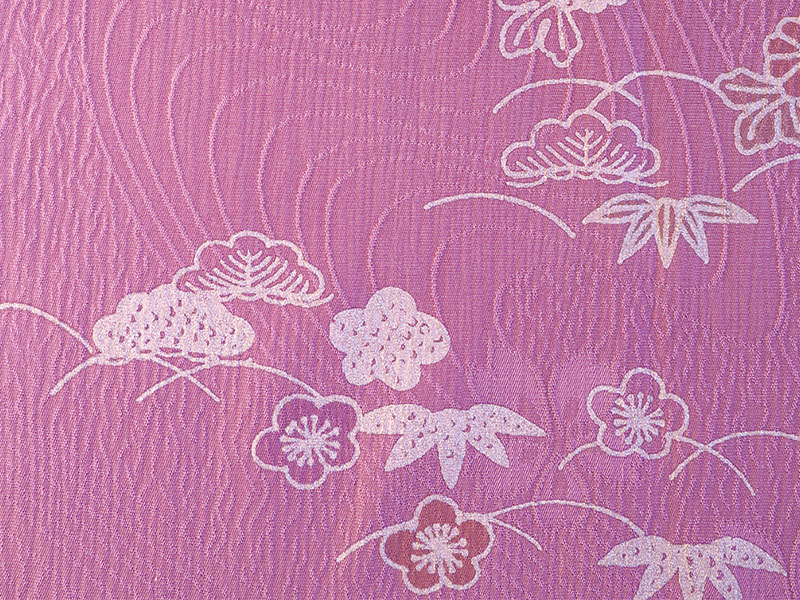
Cypress Fan
The fan shape, which expands outward, symbolizes prosperity and is considered auspicious. Often used in wedding garments, it was also an accessory of Heian aristocrats.
Gosho Guruma and Hana Guruma
The "Gosho Guruma," representing the ox-drawn carriages used by Heian aristocrats, symbolizes wealth and splendor. When adorned with flowers, it becomes "Hana Guruma," adding even more luxurious decoration.
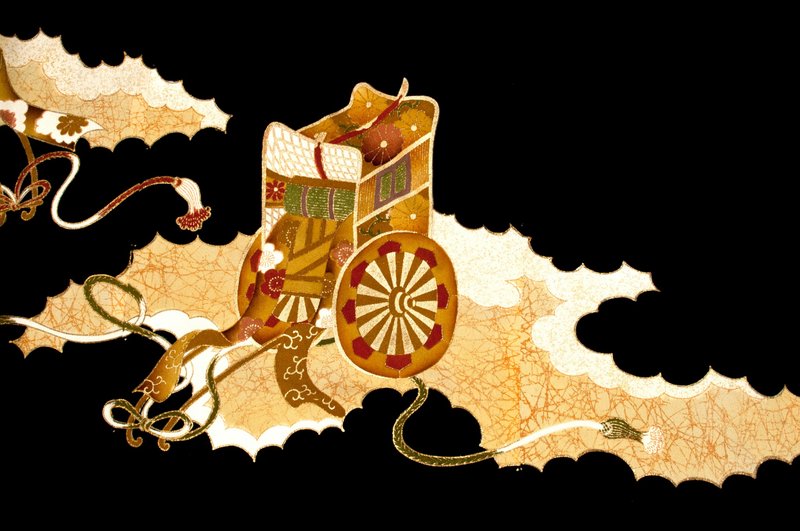
Noshi
This pattern originates from "Noshi Awabi," a dried abalone offering sliced thin and stretched into strips. When several thin strips are layered, it is called "Tabane Noshi." Even today, noshi is essential in celebratory gift envelopes, making it a perfect pattern for festive occasions.
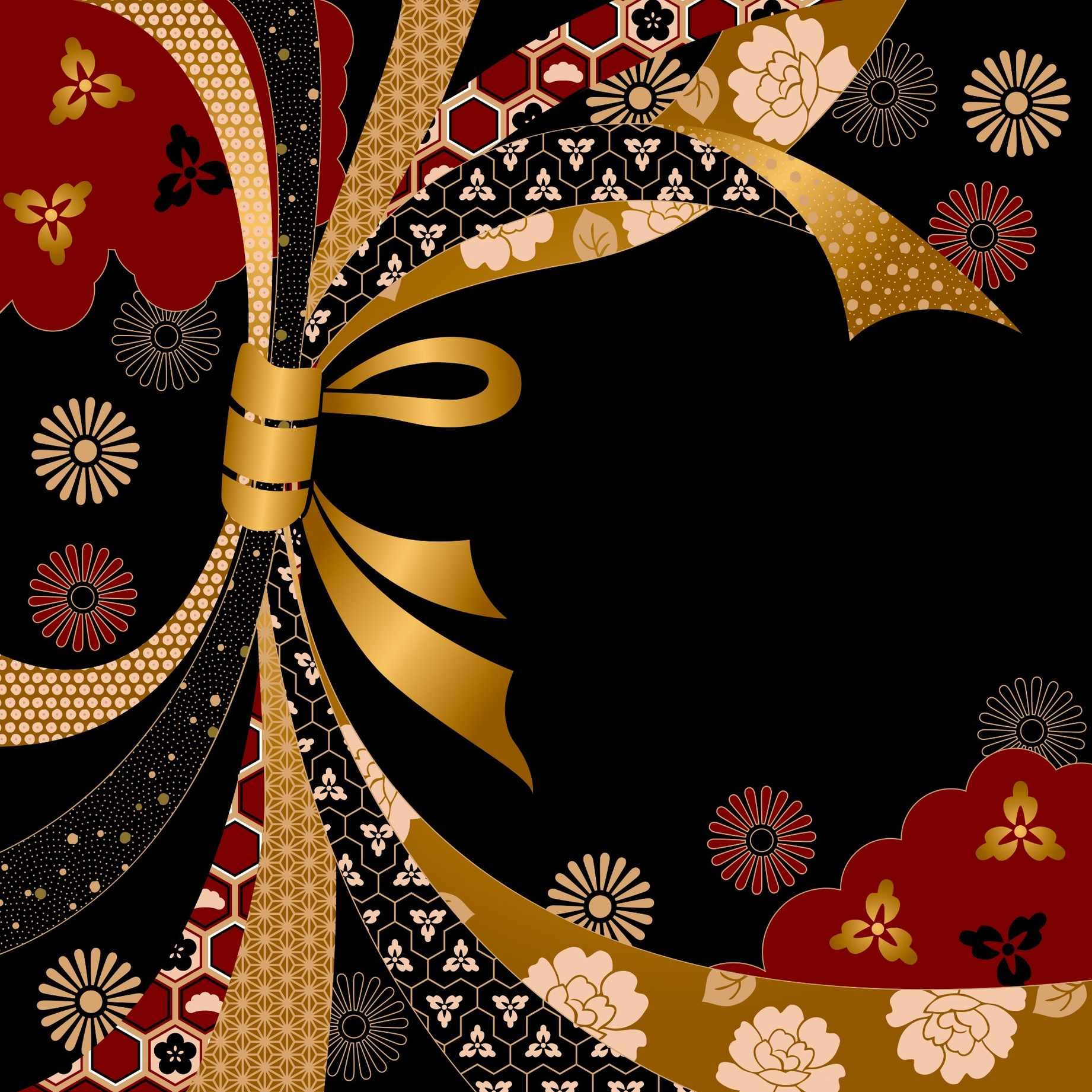
Shippo
"Shippo" consists of overlapping circles connected in quarters, symbolizing unbroken human connections and prosperity, such as family growth, representing harmony and good relationships.
Sayagata
This is a continuous pattern of diagonal swastikas, believed to originate from textiles introduced from Ming China during the Momoyama period. The swastika, a symbol found in Japanese temples, has been considered auspicious in Hinduism and Buddhism.
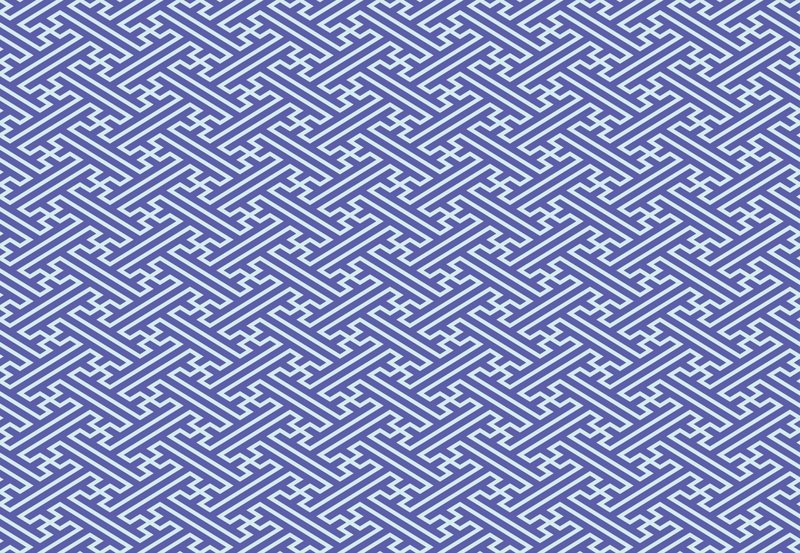
Kanze Mizu
"Kanze Mizu," depicting continuously flowing water, symbolizes eternity. It is said to be named after the Kanze school of Noh, which used it as a formal pattern.
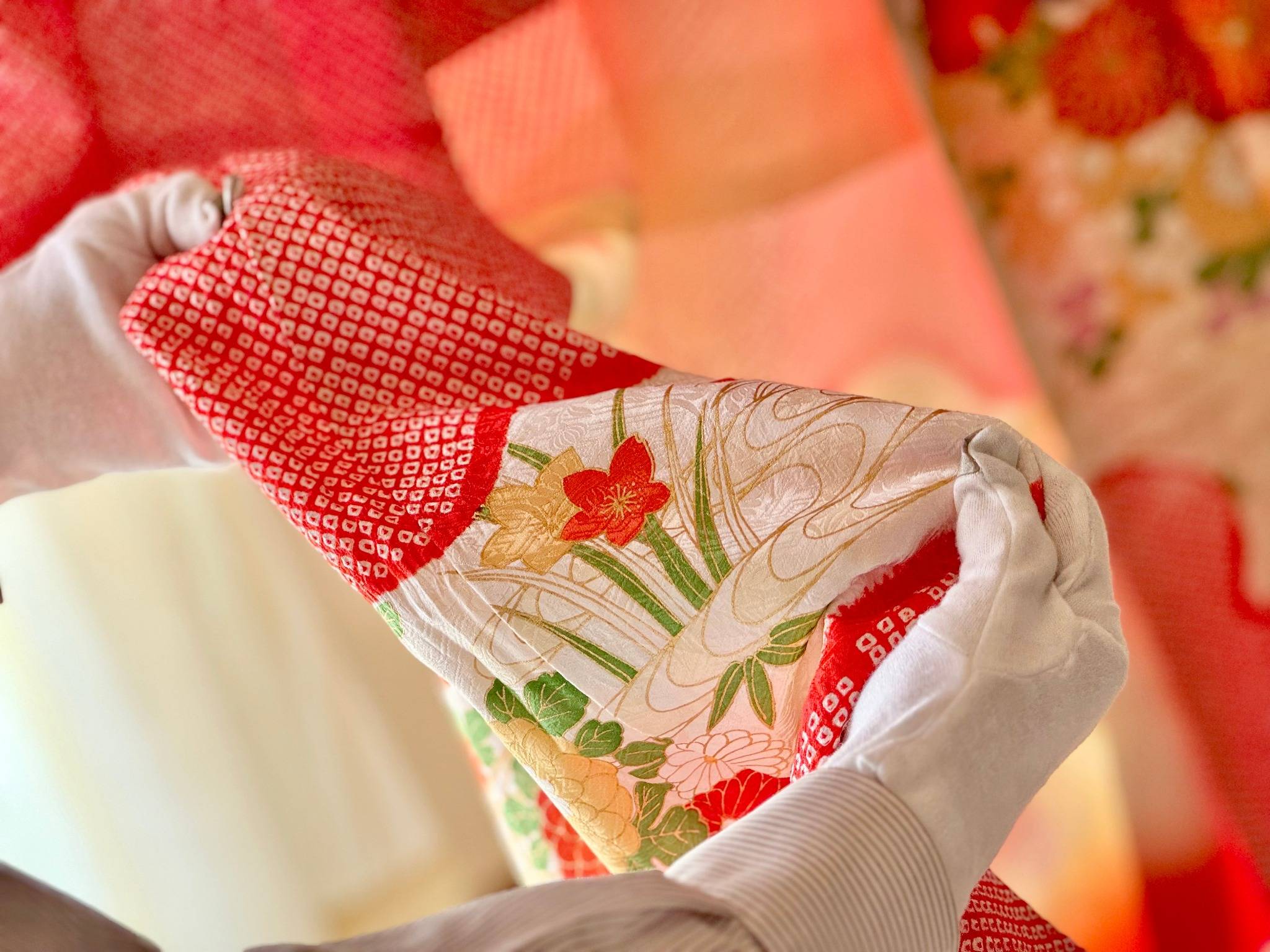
Phoenix
The phoenix is considered a mythical bird that appears when peace and happiness are realized, symbolizing these ideals. Its elegant and beautiful form has been beloved since the Asuka period.
Chrysanthemum
This simplified chrysanthemum pattern uses the character for "longevity," and its plump, round shape resembles a steamed bun, hence the name "Manjugiku."
Hanamarumon
This pattern encloses flowers like chrysanthemums, daffodils, and bellflowers in a circle. It has been loved from Edo period Noh costumes and Yuzen-dyed kosode to modern kimonos and obis.
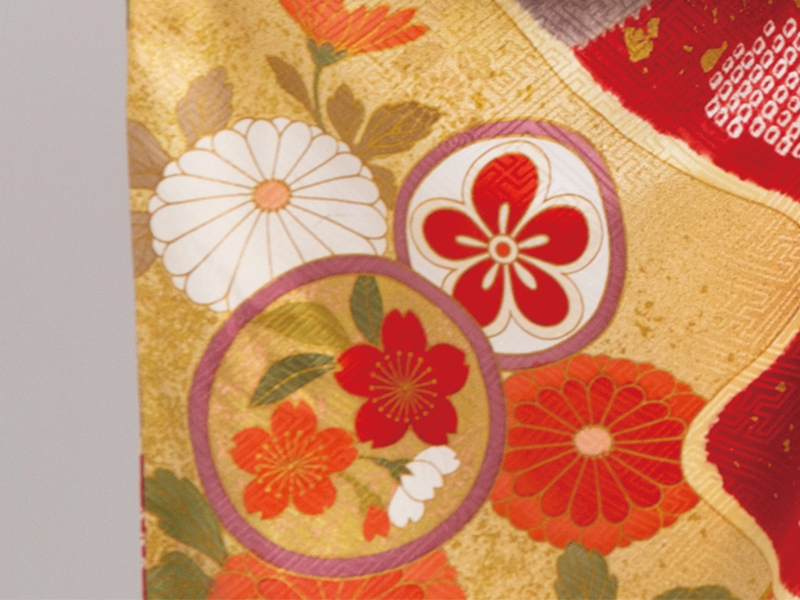
Kaiawase and Kaioke Patterns
Inspired by the Heian aristocrats' game of matching shell halves, this pattern symbolizes marital harmony, as shells only fit their original pairs. Similarly, "Kaioke," the containers for the shells, are considered auspicious patterns.
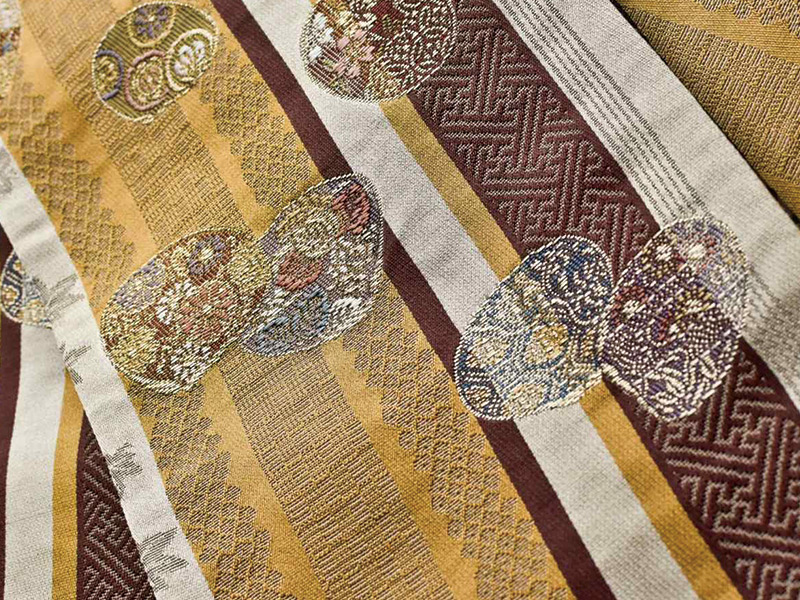
Mandarin Ducks (Oshidori)
Just as a harmonious couple is called "Oshidori couple," mandarin ducks have long symbolized unchanging marital love. The colorful male is called "En" and the more subdued female "O." These motifs are used in bridal wear, black tomesode, visiting kimono, and matching obis.
Summary
The traditional patterns introduced here are just a few examples. Beyond these, there are seasonal patterns like cherry blossoms and peonies in spring, or hydrangeas and pinks in summer, offering unique enjoyment each year. When wearing a kimono, consider the meanings and wishes embedded in these designs.


